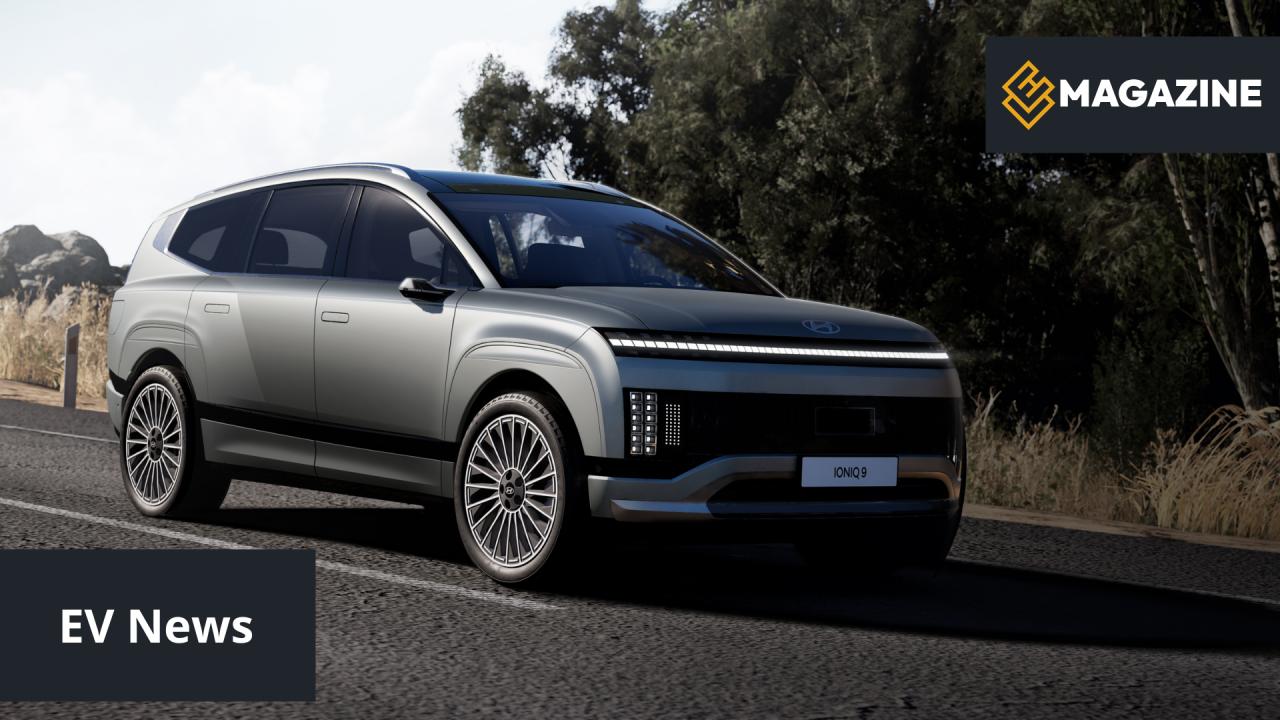Hyundai Motor Company recently unveiled its latest electric vehicle, the IONIQ 9, which expands the South Korean automaker's lineup of EVs. This three-row SUV combines a spacious interior, advanced technologies, and premium design. It is primarily aimed at competing in the family EV segment. However, the question remains whether the market truly needs another large SUV similar to the already available Kia EV9.
Similarities with Kia EV9 and Market Concerns
The IONIQ 9 shares many features with its "sibling," the Kia EV9, which raises questions about its originality. Like the EV9, the IONIQ 9 is built on the E-GMP (Electric-Global Modular Platform), which supports fast charging and high efficiency. Despite its high-quality build and advanced functions, some believe that another similar model on the market adds to the uniformity of the current offerings.
At the recent e-Salon event, it was evident that European automakers often offer similar EVs that differ mainly in design. In contrast, Chinese manufacturers bring entirely new concepts and approaches, giving customers greater choice. While Korean vehicles like the IONIQ 9 are technologically advanced and well-designed, another large SUV with a high price tag is unlikely to see mass adoption in Europe, especially in markets where demand for premium models is declining, such as Germany.
Design and Space
The IONIQ 9 boasts a spacious interior that can accommodate up to seven passengers. Its flexible seating arrangement and Relaxation Seats in the first and second rows provide exceptional comfort. The panoramic roof and eco-friendly materials, such as recycled PET fabrics and bio leather, give the interior a modern and pleasant ambiance.
One unique feature is the second-row swiveling seats, allowing passengers to face each other. This is particularly useful during longer stops, enabling better interaction or the opportunity to play board games. However, this capability is also available in the Kia EV9, making it less of a standout feature.
Performance and Technology
The IONIQ 9 is equipped with a 110.3 kWh battery, offering a range of up to 620 km (WLTP). Thanks to 800V technology, the vehicle can charge from 10% to 80% in just 24 minutes. Hyundai also includes the V2L (Vehicle-to-Load) function, allowing users to power external devices directly from the car's battery – ideal for camping or remote work.
The technology package includes advanced driver assistance systems such as collision avoidance assist, blind-spot monitoring, and adaptive cruise control. Over-the-air software updates keep all systems up-to-date without requiring a visit to the service center, giving it an edge over some European automakers.
Accessibility and Pricing Concerns
The IONIQ 9 targets the premium segment, which may pose a challenge in Europe. Its high price and focus on larger family SUVs might deter customers looking for more affordable options. On the other hand, Hyundai's Inster, a smaller crossover introduced this year, could be a more appealing choice with its compact dimensions and lower price. Which of these models will win over more customers?
Conclusion
The Hyundai IONIQ 9 is undoubtedly a technically and visually impressive model. However, its success in the market will depend on whether customers embrace another large SUV that shares many similarities with existing models like the Kia EV9. The market may prefer a more original approach, as seen with some Chinese manufacturers. While Korean automakers have a strong foundation, the question remains whether another large electric vehicle can attract mass interest.

